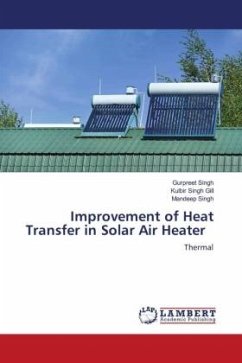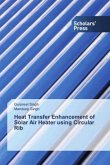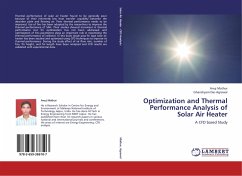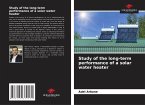The concept of V-shaped rib was developed to capitalize on this span-wise variation of heat transfer for inclined ribs. The V-shaped rib reduced span-wise variation of heat transfer and increased average heat transfer. The heat transfer results have been compared with those for smooth ducts under similar flow and thermal boundary conditions. It is found that the angled ribs give higher heat transfer rate than transverse ribs, because of the secondary flow induced by the rib angle, in addition to breaking the laminar sub-layer and producing local wall turbulence. The results show that the V-shaped down rib with gap performs better than the angled ribs because of the development of two vortices cells compared to only one cell in the case of inclined ribs.
Bitte wählen Sie Ihr Anliegen aus.
Rechnungen
Retourenschein anfordern
Bestellstatus
Storno








